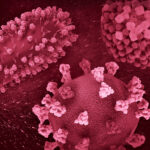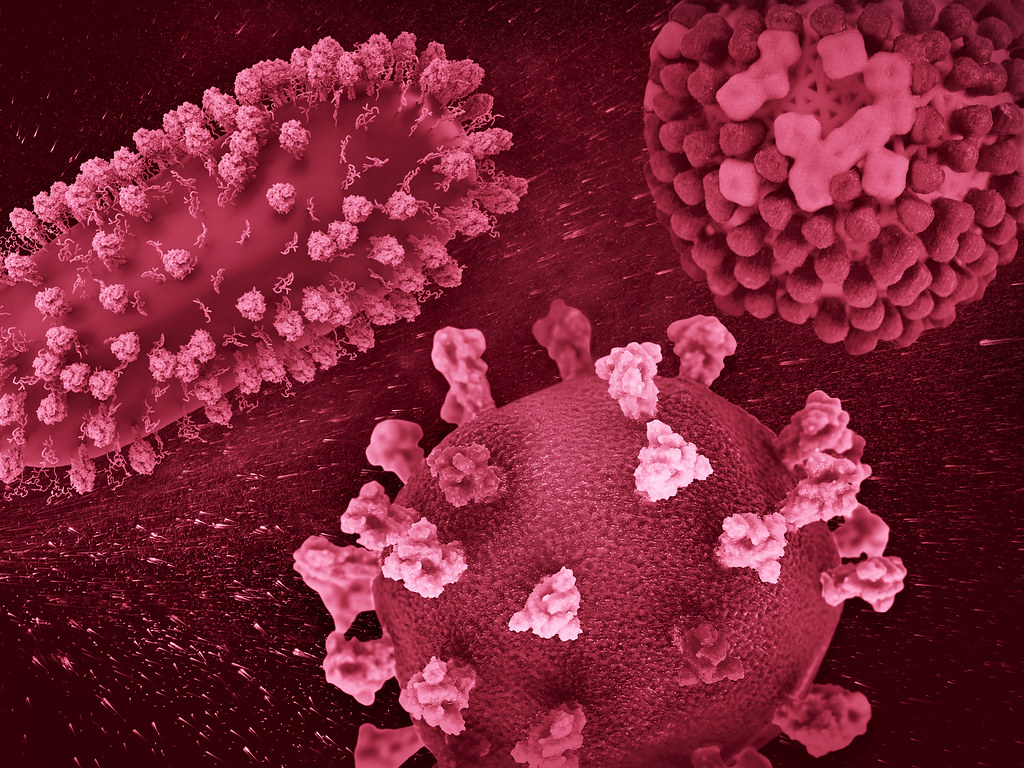Malaria is a life-threatening disease caused by parasites of the genus Plasmodium. It remains a major global health concern, particularly in tropical and subtropical regions. For NEET students aiming to pursue careers in medicine, understanding the intricacies of the life cycle of malaria parasites, along with its causes, symptoms, and prevention, is crucial. In this article, we will delve into the fascinating yet dangerous journey of these parasites within the human body.
Causes
Malaria is primarily caused by four species of Plasmodium parasites: Plasmodium falciparum, Plasmodium vivax, Plasmodium ovale, and Plasmodium malariae. The most deadly of these is P. falciparum, responsible for the majority of severe malaria cases.
The transmission of malaria occurs through the bite of infected female Anopheles mosquitoes. When an infected mosquito bites a person, it injects sporozoites – the infectious form of the parasite – into the bloodstream. These sporozoites travel to the liver, where they invade hepatocytes and begin the complex life cycle of the malaria parasite.
Read Also : The Physiology of the Human Heart
Life Cycle
The life cycle of malaria begins with the bite of a female Anopheles mosquito. When an infected mosquito bites a human, it injects sporozoites – the infectious form of the malaria parasite – into the bloodstream. These sporozoites quickly travel to the liver, where the next phase of the life cycle unfolds.
Exoerythrocytic Stage (Liver Stage)
Once in the liver, sporozoites infect hepatocytes, or liver cells. Here, they undergo a complex process of replication and maturation, transforming into thousands of merozoites. This liver stage is asymptomatic, meaning individuals do not exhibit any malaria symptoms at this point.
Release into the Bloodstream
Upon completing their maturation within hepatocytes, the merozoites are released into the bloodstream. This marks the transition from the liver stage to the blood stage of the malaria life cycle. It is at this point that individuals begin to experience the characteristic symptoms of malaria.
Erythrocytic Stage (Blood Stage)
The release of merozoites into the bloodstream leads to the invasion of red blood cells (RBCs). Inside the RBCs, the merozoites undergo further development, with each merozoite giving rise to multiple trophozoites. These trophozoites feed on hemoglobin, causing the host RBC to rupture, releasing more merozoites into the bloodstream. This cyclical process results in the characteristic fever and chills associated with malaria.
Clinical Symptoms
As the malaria infection progresses, individuals may experience cycles of fever, chills, and sweating, corresponding to the synchronous release of merozoites from infected RBCs. This cyclical pattern of symptoms is often used to identify the species of malaria parasite responsible for the infection.
Gametocyte Stage
Within the bloodstream, some of the merozoites differentiate into male and female gametocytes – the sexual forms of the malaria parasite. These gametocytes are essential for the continuation of the malaria life cycle as they are the only forms capable of infecting mosquitoes.
Mosquito Transmission
When an Anopheles mosquito feeds on an infected individual, it ingests the gametocytes along with the blood. Inside the mosquito’s gut, the male and female gametocytes fuse to form a zygote, initiating the mosquito stage of the malaria life cycle.
Sporogonic Stage (Mosquito Stage)
Inside the mosquito’s stomach, the male and female gametocytes fuse to form zygotes. Zygotes develop into motile ookinetes, which penetrate the mosquito’s midgut wall. Inside the midgut, ookinetes transform into oocysts, where sporozoites develop. Finally, sporozoites migrate to the mosquito’s salivary glands, ready to be injected into a new human host during a subsequent blood meal.

Symptoms
Malaria symptoms vary depending on the Plasmodium species causing the infection. Common symptoms include:
Fever: Often the first sign of malaria, fevers can be cyclic, occurring every 48 to 72 hours, depending on the species.
Chills and Sweats: These accompany the fever episodes and can be severe.
Headache: Intense headaches are a common symptom.
Fatigue: Malaria can cause extreme tiredness and weakness.
Muscle and Joint Pain: Aching muscles and joints are frequent complaints.
Nausea and Vomiting: Gastrointestinal symptoms such as nausea and vomiting may occur.
Anemia: Malaria can lead to a decrease in red blood cell count, causing anemia.
In severe cases, complications can arise, including cerebral malaria (infection of the brain), severe anemia, respiratory distress, and organ failure. Timely diagnosis and treatment are crucial to prevent these complications.
Prevention
Preventing malaria involves a combination of personal protective measures and community-based interventions. Here are key strategies for malaria prevention:
Use of Bed Nets:
Long-lasting insecticidal bed nets (LLINs) are effective in preventing mosquito bites while sleeping.
Proper usage and regular replacement of bed nets are essential for sustained protection.
Insect Repellents:
Apply insect repellents containing DEET, picaridin, or other recommended ingredients to exposed skin.
Reapply repellents as needed, especially in malaria-endemic areas.
Antimalarial Medications:
For individuals residing in or traveling to malaria-endemic regions, prophylactic antimalarial medications may be prescribed.
Compliance with the prescribed drug regimen is crucial for effectiveness.
Indoor Residual Spraying (IRS):
Spraying insecticides inside dwellings helps kill mosquitoes that come into contact with treated surfaces.
IRS is a community-level intervention recommended by health authorities.
Elimination of Mosquito Breeding Sites:
Community efforts to eliminate standing water where mosquitoes breed help reduce the mosquito population.
Proper waste disposal and drainage are essential components of mosquito control.
Prompt Diagnosis and Treatment:
Early diagnosis and treatment of malaria cases prevent the progression of the disease and reduce the risk of transmission.
Access to healthcare facilities with rapid diagnostic tests and effective antimalarial drugs is critical.
Read Also : The Different Types of Neurons in the Human Nervous System
Conclusion
Understanding the life cycle of malaria parasites is essential for healthcare professionals, especially those aspiring to become doctors and researchers. The causes, symptoms, and prevention strategies discussed in this article provide a comprehensive overview for NEET students. Malaria continues to pose a significant threat to global public health, and ongoing research and concerted efforts are essential to combat this deadly disease. As future medical professionals, NEET students have a vital role in contributing to the prevention, diagnosis, and treatment of malaria, ultimately contributing to the improvement of global health.










